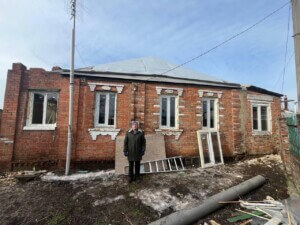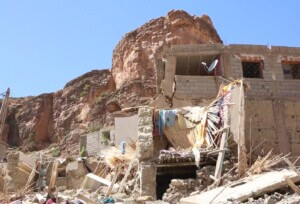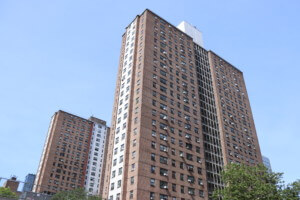Last Thursday, September 7, the Senate approved legislation to raise the debt limit and allow for an additional $15.3 billion in disaster relief funds.
About half of this – $7.4 billion – will go to the Federal Emergency Management Agency (FEMA) to respond to the wreckage incurred by Hurricanes Harvey and Irma these past weeks. Another half will be allocated to Community Development Block Grants (CDBG) administered by the U.S. Department of Housing and Urban Development (HUD). These block grants are a core part of HUD’s mission to provide affordable housing, create programs benefiting low- to medium-income households, encourage community development, and make improvements to infrastructure in underserved neighborhoods.
However, Community Development Block Grants and its Disaster Relief Program are cut from President Trump’s proposed 2018 budget.
The disaster relief money would specifically come from flexible grants, the CDBG-Disaster Recovery funds, but by and large, these funds go to to private homeowners, not renters. 70% of the funds must go to low-income households. Renters can apply for disaster vouchers through HUD’s Disaster Voucher Program – although the seat for the position overseeing this program is currently vacant, and the Trump administration hasn’t nominated anybody for the role.
Although Congress still hasn’t approved the 2018 budget cuts, funding for HUD’s block grants has already been decreasing over the years – according to CityLab’s reporting, “by 80% since 1979 in 2016 dollars.” It’s worth noting that the block grants also aren’t a perfect solution – they calculate need based on a formula dating back to 1974. But their proposed elimination leaves us wondering what assistance will be available to low-income households outside of FEMA funds, which can have a notoriously slow trickle-down.










